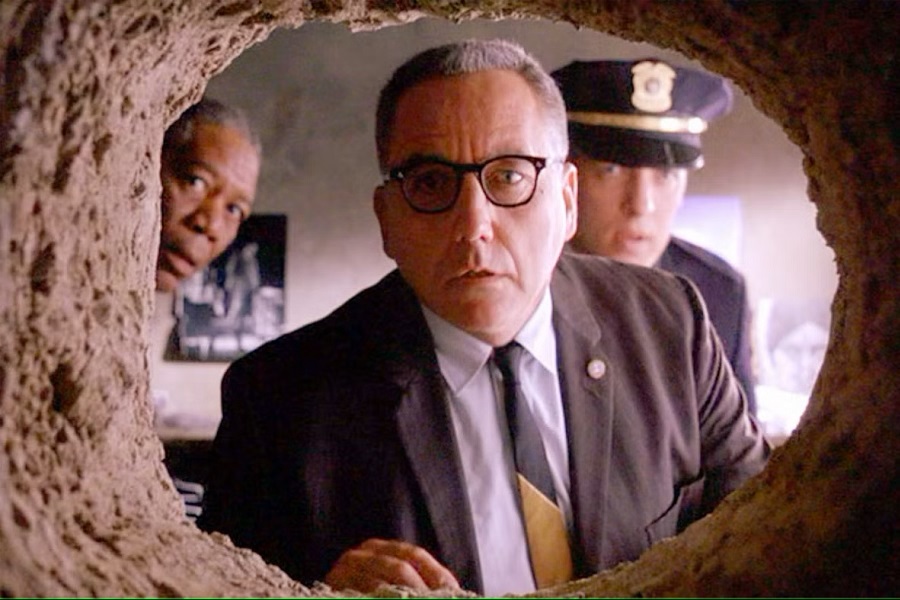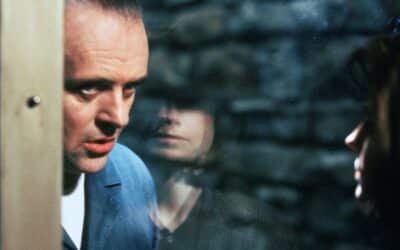
Prison Escapes in Thrillers
When we turn the pages of a thriller novel, we look for a high-voltage shot of adrenaline, a mystery that will keep us on our toes, and an escape so daring, it leaves us speechless. For every thrilling mystery that’s solved, there’s often an equally thrilling escape – from towering prisons, locked rooms, or confined spaces that seemingly offer no way out.
Now, allow me to take you on an extraordinary journey – a jailbreak tour through the pages of thriller fiction. Buckle up, because we are going to experience the hair-raising and pulse-pounding escapes that have left readers spellbound. From tunnels dug with spoons to escape plans crafted over years, each one is a testament to human ingenuity, desperation, and the unquenchable desire for freedom.
We begin with the granddaddy of all prison escape novels, “The Count of Monte Cristo” by Alexandre Dumas. Edmond Dantès, our man wrongfully imprisoned, spends fourteen agonizing years in the Château d’If. Yet, every year is spent in cultivating knowledge, and every moment, in perfecting an elaborate escape. His daring breakout, complete with a body swap, would remain unparalleled and has inspired many tales of escapes in the years to come. The audacity of the plan is truly a thing of wonder, one that leaves the reader completely enthralled.
Fast forward to the 20th century, to John Buchan’s Richard Hannay series. While not strictly a prison escape story, “The Thirty-Nine Steps” gives us a taste of a different type of breakout. Hannay, accused of murder, must flee from his London flat, evading police in a heart-thumping chase across the Scottish Highlands. Hannay’s escape is less about cunning plans and more about survival instincts. His journey, punctuated by cliffhangers and close shaves, reminds us that sometimes escape is about grit as much as it is about strategy.
Now, let’s break into the Cold War era. Len Deighton’s “The Ipcress File” offers a chilling insight into the brutal realities of war. Our protagonist, Harry Palmer, a working-class spy, finds himself captive in an Albanian prison. The mental and physical tortures he undergoes are harrowing, but his determination to escape is unyielding. Palmer’s prison break, through dark tunnels and nerve-racking close calls, reminds us that the human spirit can break through even the most ironclad bars.
Next up is “Papillon” by Henri Charrière. Now, you might question its inclusion here, as the book is technically a memoir. However, the daring escape of the titular Papillon, a convict on Devil’s Island, is so fantastical that it reads like a thriller novel. Papillon’s tenacity and relentless pursuit of freedom, chronicled in vivid detail, underscore the audacity of hope in even the most hopeless circumstances.
It would be remiss not to mention Stephen King’s “Rita Hayworth and Shawshank Redemption.” King, known for his supernatural horrors, weaves an intricate tale of friendship, hope, and redemption set against the backdrop of Shawshank State Penitentiary. Andy Dufresne’s escape, painstakingly crafted over decades, is the epitome of patience, persistence, and sheer ingenuity. His escape, chipping away at his cell wall and crawling through a sewage pipe, has been immortalized in pop culture, making it one of the most memorable escape sequences in fiction.
Stepping into contemporary fiction, let’s pay homage to “The Girl with the Dragon Tattoo.” Lisbeth Salander, our fiercely independent and brilliant protagonist, is wrongfully committed to a mental institution. Her breakout, a combination of hacking, manipulation, and a well-executed plan, is every bit as memorable as her character. Salander’s escape highlights how technology and intellect can be powerful tools of liberation.
Finally, we’ll look at the audacious escape plan hatched in “The Great Zoo of China” by Matthew Reilly. As the title suggests, this isn’t your average prison break story. The prisoners here are dragons, and their breakout from the Chinese zoo is a spectacle of chaos and destruction. The ingenuity of their escape – a well-coordinated rebellion and the clever use of their abilities – is as thrilling as it is terrifying.
In the realm of thriller fiction, escape sequences serve a higher purpose than simple plot progression. They are metaphoric representations of our relentless quest for freedom and autonomy. They serve as reminders that human resilience and creativity can triumph in the face of insurmountable odds. These daring breakouts, each unique in its conception and execution, are proof that the art of escape is as much about the journey as it is about the destination.
These thrilling jailbreaks, and many others, demonstrate the myriad of ways in which characters can overcome adversity, prove their ingenuity, and claim their freedom. Their daring breakouts remind us that, as readers, we too can escape, leaving our realities behind, if only for a little while, as we lose ourselves in the intoxicating thrill of their adventures.
There is, of course, a delicious irony to our fascination with these tales of breakouts and escapes. As much as they offer an exhilarating journey away from confinement and towards freedom, they are also compelling invitations to willingly imprison ourselves, to be captured and bound by the captivating power of a well-crafted story.
So, here’s to the audacious escapists of thriller fiction. May their daring breakouts continue to inspire, thrill, and remind us of the indomitable spirit of freedom that lies within us all. After all, isn’t that the greatest escape of them all?
More Thriller Features
Myth and Thrillers
Ancient Legends and Modern Plots
Hiding Bodies
The sinister act of hiding bodies in thrillers
Morally Compromised Thrillers
Right, Wrong, and Everything in Between



